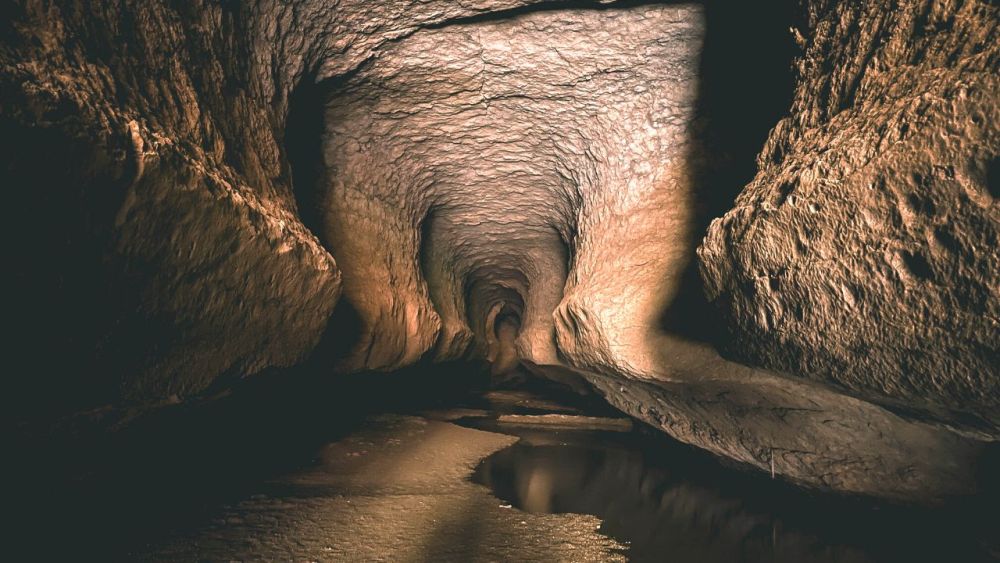

Located in the North-Eastern state of Meghalaya, India, the Siju Cave is one of the country's most remarkable natural wonders. Known for its majestic limestone formations and sprawling cave network, Siju is often referred to as the "Third Longest Cave in the Indian Subcontinent." It is situated on the banks of the River Simsang near the village of Siju and is sometimes also called the "Bat Cave" for the large population of bats that reside within its dark confines.
The history of tourism at Siju Cave dates back to the early 20th century when the cave was first explored by a British survey team. However, it wasn't until India's independence and the establishment of Meghalaya as a separate state in 1972 that Siju Cave began to get the attention it deserves as a tourist destination.
Recognizing the cave's potential, the government of Meghalaya, along with various tourism promotion agencies, started to develop Siju Cave as a tourist spot. Essential amenities and better access paths were constructed to cater to visitors. The cave has since been highlighted in many domestic and international travel documents, luring adventurers and nature enthusiasts to the region.
In recent years, there has been a considerable emphasis on promoting ecotourism in Meghalaya. The tourism around Siju Cave embraces environmental sustainability and aims to educate visitors on the importance of conservation. Efforts have been made to maintain the pristine condition of the cave while allowing tourists to experience its beauty.
Today, Siju Cave attracts tourists from across the globe. With the rise of social media and online travel blogs, more people have discovered this hidden gem. Adventure tourism, including caving, trekking, and bird-watching, has become particularly popular. The nearby Dobakkol or the "cave of the bats" with its impressive stalactite and stalagmite formations and the riverine Siju Bird Sanctuary add to the area's attractions. Moreover, the introduction of homestays and community-guided tours has given visitors a more immersive and authentic travel experience.
Despite its growing popularity, Siju Cave faces challenges such as balancing conservation with increased footfall. The governing bodies continue to strategize on sustainable tourism models to ensure that the natural beauty of Siju Cave is preserved for future generations. Ongoing efforts include regulating the number of visitors, providing environmental education, and empowering local communities through tourism revenue.
In conclusion, the history of tourism at Siju Cave is a testament to the region's natural allure and cultural richness. As it continues to adapt to the latest tourism trends, Siju Cave remains a testament to Meghalaya's commitment to preserving its natural heritage while sharing it responsibly with the rest of the world.